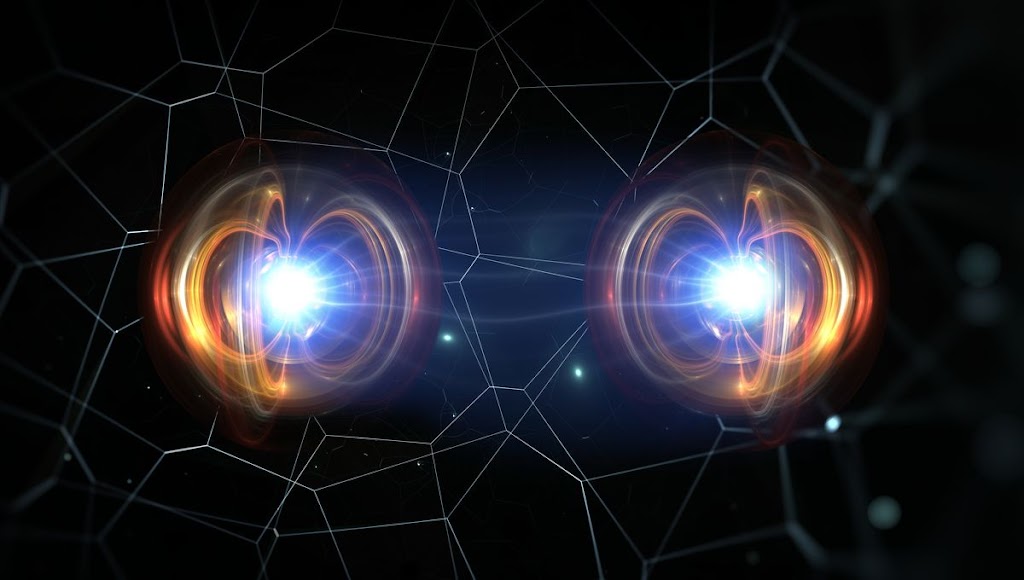Recently, a group from TU Dortmund University was able to create a very robust time crystal that lived millions of times longer than could be demonstrated in earlier studies. By doing this, they have verified a very fascinating phenomenon that was already the subject of science fiction films and was theorized by Nobel Prize winner Frank Wilczek some 10 years ago.
The findings have been released in the journal Nature Physics.
Crystals are periodic arrangements of atoms over huge length scales, or more accurately, crystals in space. The captivating appearance of crystals, with their flawless facets akin to jewels, is a result of this arrangement.
In 2012, Frank Wilczek, a physicist at the Massachusetts Institute of Technology (MIT) and recipient of the Physics Nobel Prize, proposed that since physics frequently treats space and time equally, such as in special relativity, there must also be crystals in time.
He explained that for this to be the case, even though the system does not encounter matching periodic interference, one of its physical features would have to start changing on its own, spontaneously, over time.
For several years, there was a contentious scientific discussion regarding the possibility of time crystals. However, the technology quickly made its way into motion pictures. In Marvel Studios’ 2019 film Avengers: Endgame, for instance, a time crystal had a major part.
In fact, since 2017, there have been a few instances in which scientists have been able to demonstrate a possible time crystal. These systems, in contrast to Wilczek’s initial concept, respond with a period twice as long after being treated to a temporal stimulation with a particular frequency.
Only in a Bose-Einstein condensate was a crystal that exhibits periodic behavior in time, despite excitation being time-independent, or constant, shown in 2022. But the crystal only had a short life, a few milliseconds.
Now, under the direction of Dr. Alex Greilich, the physicists in Dortmund have created a unique indium gallium arsenide crystal in which the nuclear spins serve as a storage space for the time crystal. The crystal is exposed to constant light, causing interaction between electron spins and a nuclear spin polarization to occur. And it is precisely this polarization of the nuclear spin that subsequently gives rise to oscillations of its own accord, like a time crystal.
As of now, the experiments show that the crystal has a lifetime of at least 40 minutes, which is 10 million times longer than what has been shown thus far. It may even survive much longer.
The crystal’s period can be systematically varied over large ranges by adjusting the experimental setup. Moving into regions where the crystal “melts,” or loses its periodicity, is another option, though.
These regions are extremely fascinating because they exhibit chaotic activity that can persist for extended periods.
For the first time, scientists can examine the chaotic behavior of such systems using theoretical techniques.


